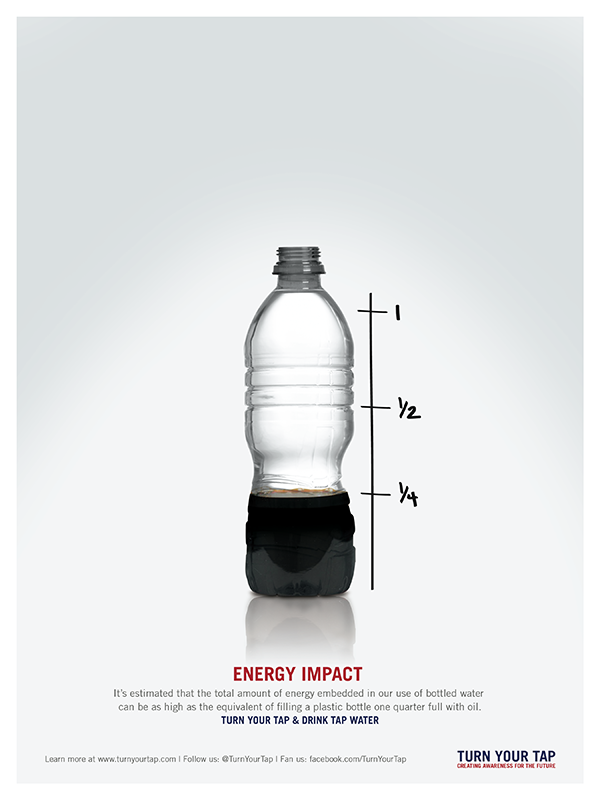Have you heard of The Ross Sea? I hadn't until I watched
The Last Ocean. The Ross Sea is located in southern Antarctica, and considered the last pristine ocean of the world. Until recently, it was untouched by humans. Many of the major countries came together in 1961, during the Cold War, to create the Antarctic Treaty, a means of peace to protect this serene sight. The leading scientist of The Ross Sea, David Ainley, envisioned using this untouched area to further understand how a completely pristine ecosystem operates. Unfortunately, before he knew it, twelve major countries, led by New Zealand introduced commercial fishing of the Antarctic toothfish, or more commonly known as the "Chilean Sea Bass," to this once pristine place. They are quickly exploiting the fish population which is altering the ecosystem of this already fragile place. Even more shocking is that these companies are doing this and destroying wildlife when Chilean Sea Bass contribute only1.3% of the company's profit. As Ainley put it, "They can't be making much of a profit when it takes the ships 6,000+ miles in terrible weather conditions to get there. They simply want to show to the world that they are there."
With threats of Climate Change and other manmade environmental disasters, this additional pressure, will prove no help to these already struggling species. CCAMLER had the ability to create the Ross Sea Marine Protection Act. However this international group works in a consensus format, and therefore when China, Russia and Ukraine voted against preserving the space, the act failed. It has been put to a vote several times since the first in 2007, and each time failed.
Ainley says the only way to make a difference is through individual actions. It is important to remember that you are always voting with your credit card. So, the first step is to say
NO to Chilean Sea Base. Grocery stores like Safeway have banned its sale, but surprisingly enough, ecologically-minded markets like Whole Foods continue to sell it. And even more confusing for the consumer, The Marine Stewardship Council (MSC) has labeled this fish "sustainable." If you are anything like me, when it comes to sustainable food practices, you want to be told what to do. You want to be able to see that your food has met an eco-friendly certification, give yourself a pat on the back for your consciousness, and eat some tasty meat. Unfortunately, that's not how it works anymore. More and more of the responsibility is placed on the consumer's shoulders to do their own research instead of just relying on labels. For example, it is estimated that 30-70% of fish are incorrectly labeled at the grocery store. And now, even if it looks like you have a coast-is-clear sustainability check, you still have to confirm the fish's status.
Crystal Sanders, Founder of Fish Revolution, told me that the role of thumb is to eat fish lowest on the food chain like Anchovies & Sardines because they reproduce easily and they are herbivores (they produce less energy). Something else to keep in mind is not to eat Farm Fish that have been fed fish (like Atlantic Salmon), because it requires additional fish to be caught and produced, unnecessarily, for fish feed when these fish could have a vegetarian diet. But most importantly keep yourself educated. When you see tragedies like what is happening in the Ross Sea,
don't turn the other way. Avoid buying Chilean Sea Base, and tell stores and restaurants how you feel.
A great guide is
Fishwise.
Seafood Watch is not as reliable, but still does a reasonably good job. To find out more about the film and the issue visit
www.thelastoceanfilm.com.



















